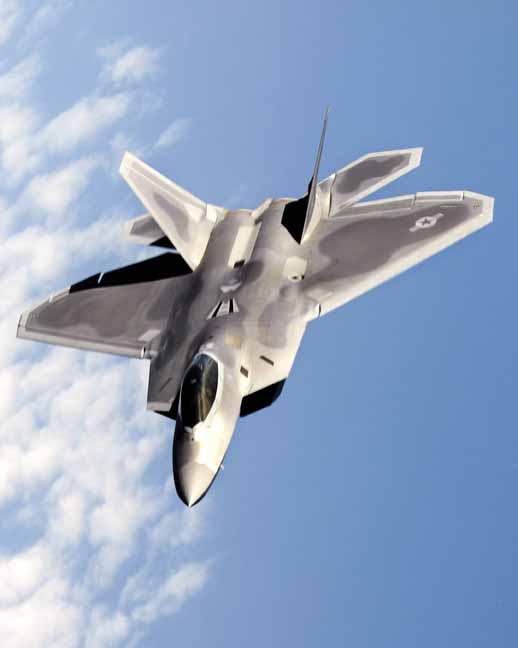If the world strategic situation dictates a more capable US Air Force than the Fiscal 2010 budget maps out, the Air Force would have ways to cope, but they would require more money, service chief of staff Gen. Norton Schwartz said June 11. “The risk of a major combat operation is such that we can … take a bit of risk in the breadth of our fighter team to make that leap to the F-35,” Schwartz told the Daily Report after his speech to the Heritage Foundation in Washington, D.C. He added, “This is a question of probabilities.” The Air Force cut 250 fighters and halted the F-22 program in two big budget-cutting moves that will leave the service well below its longstanding stated requirement for 2,250 fighters. Schwartz said it’s difficult to predict the world situation a decade hence, but acknowledged that, if the world turns more hostile, “there are always cutouts, you know, alternatives.” He said, “If the circumstances change, we can do any number of things.” However, when pressed for specifics, Schwartz said he would “prefer not to elaborate, frankly.” Then, he added, “The bottom line is that the resources available to the department in such a scenario would have to change. … All of those [unnamed] alternatives require more resources.” Schwartz also admitted that, while the Pentagon judges the risk of a major war in the next seven years to be low, other people “have different views on that.” Industry officials have noted that it takes about two years to build a fighter when the production line is warm; add at least three years to restart a cold production program. A brand-new fighter takes at least 10 years to get off the ground. (For more Daily Report coverage of Schwartz at Heritage, read Read My Lips, No as well as Get Used to It and On F-22s for Japan and below.)
strategic situation dictates a more capable US Air Force than the Fiscal 2010 budget maps out, the Air Force would have ways to cope, but they would require more money, service chief of staff Gen. Norton Schwartz said June 11. “The risk of a major combat operation is such that we can … take a bit of risk in the breadth of our fighter team to make that leap to the F-35,” Schwartz told the Daily Report after his speech to the Heritage Foundation in Washington, D.C. He added, “This is a question of probabilities.” The Air Force cut 250 fighters and halted the F-22 program in two big budget-cutting moves that will leave the service well below its longstanding stated requirement for 2,250 fighters. Schwartz said it’s difficult to predict the world situation a decade hence, but acknowledged that, if the world turns more hostile, “there are always cutouts, you know, alternatives.” He said, “If the circumstances change, we can do any number of things.” However, when pressed for specifics, Schwartz said he would “prefer not to elaborate, frankly.” Then, he added, “The bottom line is that the resources available to the department in such a scenario would have to change. … All of those [unnamed] alternatives require more resources.” Schwartz also admitted that, while the Pentagon judges the risk of a major war in the next seven years to be low, other people “have different views on that.” Industry officials have noted that it takes about two years to build a fighter when the production line is warm; add at least three years to restart a cold production program. A brand-new fighter takes at least 10 years to get off the ground. (For more Daily Report coverage of Schwartz at Heritage, read Read My Lips, No as well as Get Used to It and On F-22s for Japan and below.)
The Space Force and NRO will build a large number of targeting satellites to go in low-Earth orbit, the USSF’s top intelligence officer said May 2—keeping with the service’s emphasis on proliferating its assets. For months now, the two organizations have been working on a program to develop satellites that will…